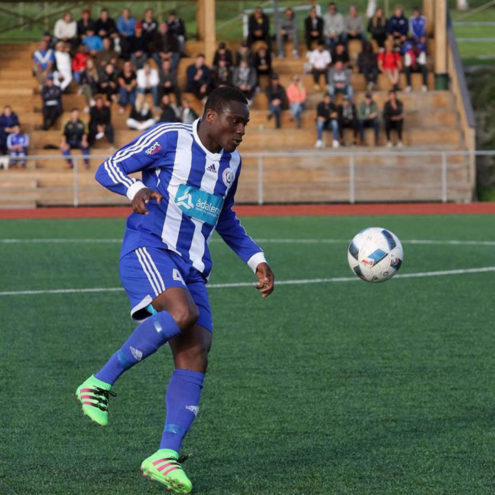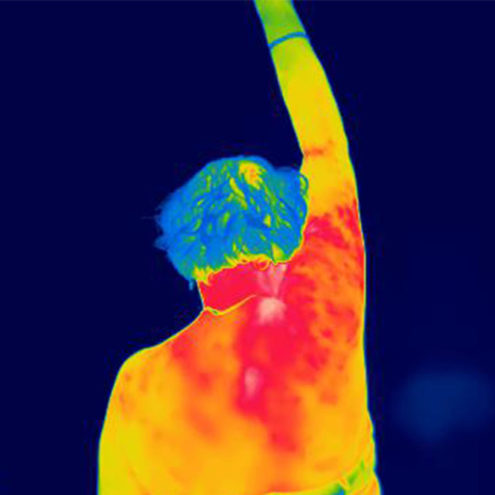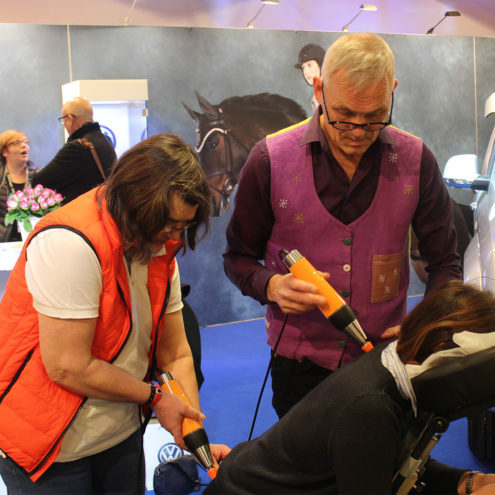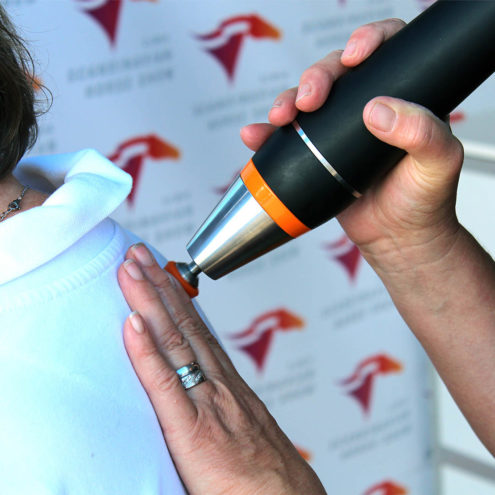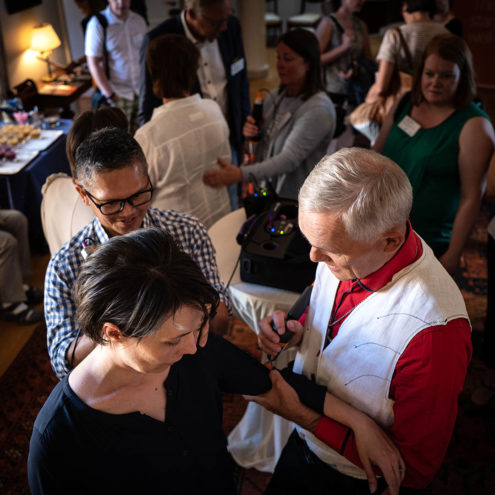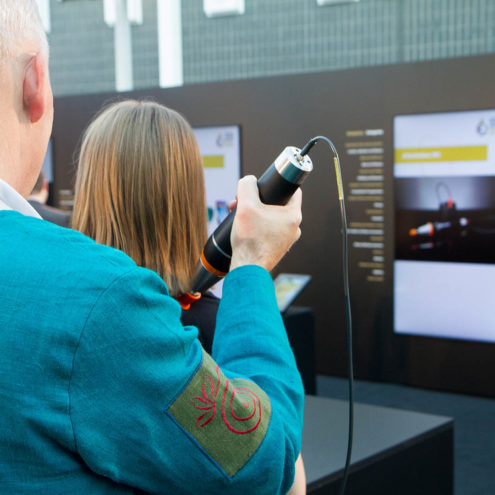Painkillers for lumbago
Lumbago is a sudden onset of pain in the lower back. Unlike “ordinary back pain” or inflammation of the lumbar spine, lumbago occurs very quickly, usually in connection with a violent movement where you make an extra effort, a lift or a sideways twist. For example, you can stand bent over, twist and stand up a little too violently without your body really keeping up. Then the back pain can come as a blow when you are halfway up and suddenly it feels like your back is locked and you can not fully stretch it up more. Muscles and fascia cramp in a contracted position and do not want to “let go” when you try to stretch your back.
The cause of lumbago is performing a movement too intensely and repetitively without being trained for it. Gardening, berry picking and snow shoveling are chores that can easily trigger lumbago as they are done very intensely and without building up training that strengthens muscles and fascia for that particular movement pattern. So, as usual, we need to prepare the body and train it gradually to give it the best conditions to cope with the load we demand of it.
Lumbago is not dangerous but can be extremely painful and last for a few weeks. Walking and being in pain for so long can create new problems as the body tries to compensate and change movement patterns to do everyday tasks in the least painful way. It also lowers the quality of life for a few weeks. Sleep is affected as you are in pain and wake up as soon as you turn over in bed and you cannot perform your everyday tasks as usual. In the worst case scenario, you lie flat in hibernation for a few weeks and wait for the pain to go away. However, this is not a good strategy, as immobility and lack of movement cause more problems.
Lumbago painkillers – fascia treatment
So, what can you do to get rid of back pain and regain mobility?
The health center may prescribe painkillers and anti-inflammatory drugs. We prescribe fascia treatment at a FasciaClinic. It is always a good idea to seek help as soon as possible, partly to reduce your own suffering, but also to avoid creating new problems in your body due to compensations when you walk and are in pain. Pain also puts unnecessary stress on the body.
Painkillers for lumbago or treatment?
Painkillers can relieve the pain, but the cause, overworked muscles and fascial tightening, remains. They alleviate the symptoms but do not remove the cause. In addition, painkillers always have side effects and put a strain on the fascia, liver and kidneys as the body works to clear it out.
One fascia treatment can never harm the body. Often, one or two treatments are enough to get rid of a back injury. The pain receptors that signal pain are located in the fascia.
The pain is due to a densification with altered composition in the basic substance of the fascia with an impaired flow, which excites the receptors through increased pressure and neurotransmitters. The fascia contracts and muscles and fascia cannot move optimally. Therefore, fascia treatment often provides quick results and without adding harmful substances to the body.
The treatment gets the stagnant flow going that pressurizes and irritates pain receptors, stimulates healing and quickly restores mobility. The fascia therapist also looks at the big picture, analyzing posture and balance to unravel and find the root cause of the back pain. It may be that compensations due to long-term misalignment have caused the fascia and nervous system to not signal fast enough to muscles in case of sudden changes. Proprioception does not work optimally and then the muscles do not keep up with sudden movements. This is resolved, or at least improved, by fascia treatment, depending on how long the problems have existed.
How can I relieve lumbago myself?
There are some things you can do yourself to ease the pain and help your body. Try to avoid resting too long, as this makes things worse.
Let your back rest in the acute phase, a couple of days, but try to perform gentle movements that do not strain your back or increase pain. Gentle exercises that move your back are important, such as kneeling on all fours and pushing your back and swinging.
Heat can provide relief. Putting a warm wheat pillow on the painful area can help.
Relaxation exercises with deep breathing, lying on your back with your legs angled towards a chair.
Walk if possible, preferably without excessive movement compensation.
Lumbago aids against pain
Warmth with a heat lamp or wheat pad relieves pain and can increase mobility. Back braces are available to relieve and support cramping muscles, but it is best to avoid using them, at least for a long period of time, as they prevent the muscles from getting the exercise they need.
 Search
Search



